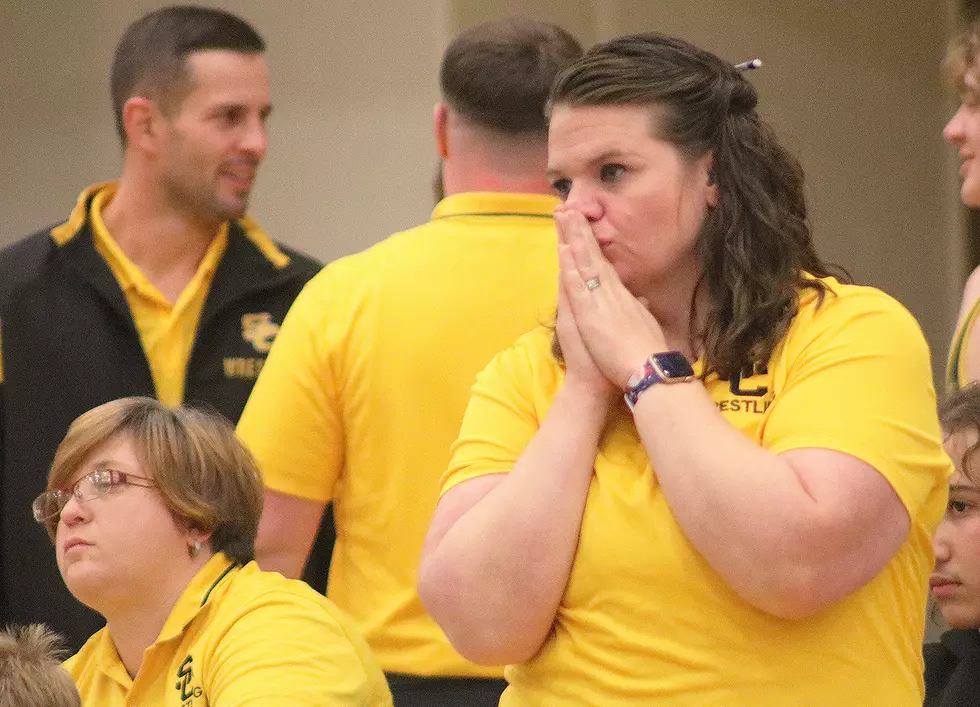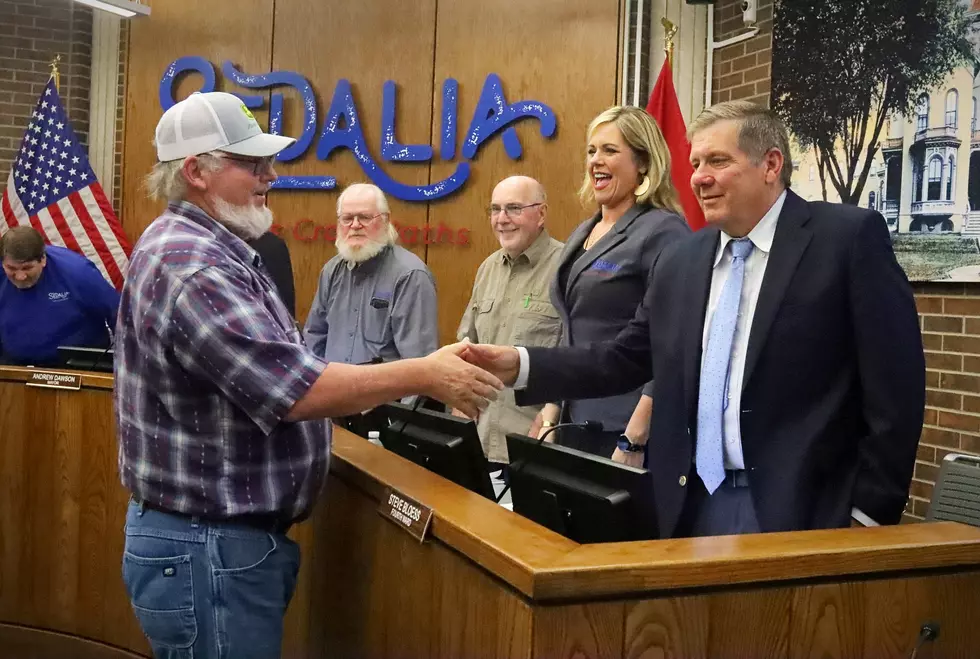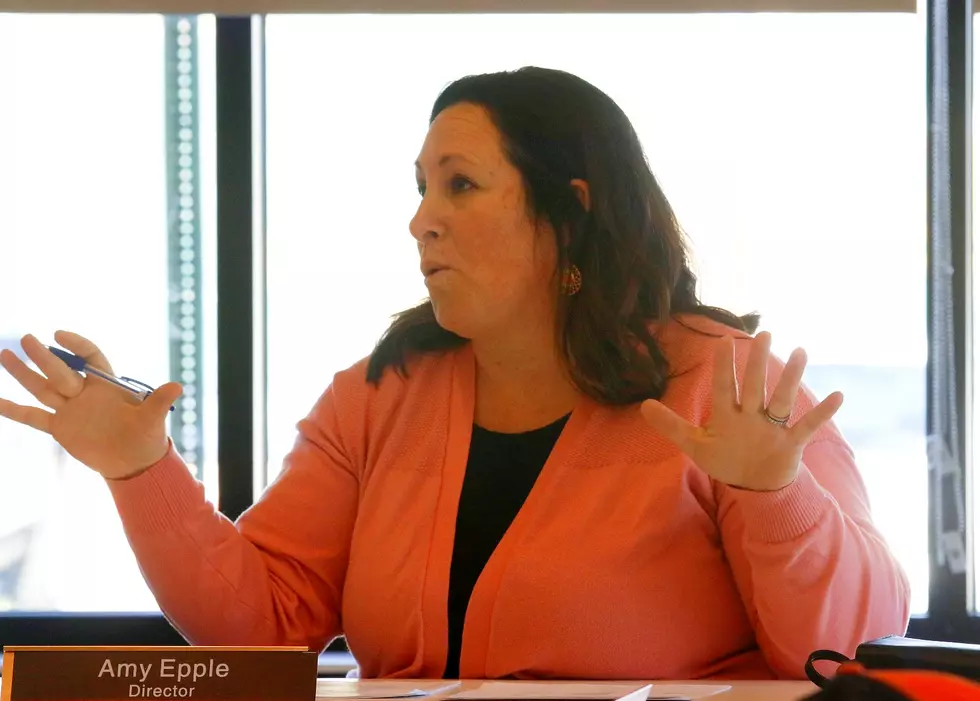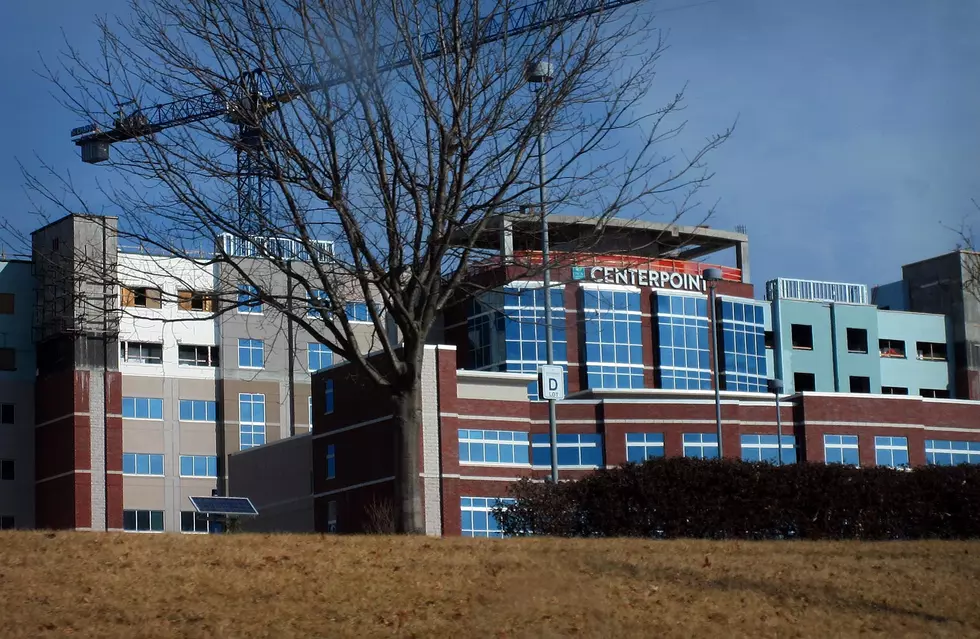
January is National Radon Action Month
National Radon Action Month is Janruary, occuring every year. Radon gas is becoming more of a widespread problem in the United States. In the U.S., one in fifteen homes are affected by elevated radon levels. Radon cannot be seen, it has no scent, and is colorless. Radon invades homes and buildings through foundation cracks and openings and even directly through concrete.
Radon gas is considered a carcinogen that comes from decayed radium and uranium in the soil. It is the #1 cause of lung cancer in non-smokers and causes people that do smoke greater chance of being diagnosed with lung cancer when exposed to this deadly gas. The EPA suggests levels of 4 (pCi/L) picocuries and above be addressed. Levels of 4 pCi/L is equivalent to 8 cigarettes a day or 250 chest x-rays per year. World Health Organization (WHO) states that 3% and 14% of lung cancer cases are caused by Radon, and suggests people take action against levels higher than 2.7 pCi/L.
The purpose of National Radon Action Month is to educate people about the health risks of radon, learning about radon gas itself, and also inform everyone how to test their homes for radon and what actions need to be taken if there are high levels of radon present. Radon is a problem that affects millions of homes, daycares, schools, and buildings across the country. This is the time to get informed in order to stay safe and healthy in the place you spend most of your time. Check with your local health department and home improvement store for radon test kits. Visit www.RadonWeek.org for more information.
(Courtesy of National Radon Action Month Public Affairs)
More From AM 1050 KSIS









